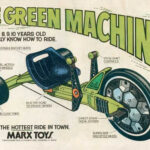From our sponsor; more content below…
 banner-Ortlieb-March-2025_960x360
banner-Ortlieb-March-2025_960x360
Explore Ortlieb Bikepacking Gear
From our sponsor; more content below…
 banner-Silca-March-2025_960x360
banner-Silca-March-2025_960x360
Discover Silca Tubeless Sealant
From our sponsor; more content below…
 banner-Oct-2024-Voile_960x360
banner-Oct-2024-Voile_960x360
Voile Straps for Bikepacking
From our sponsor; more content below…
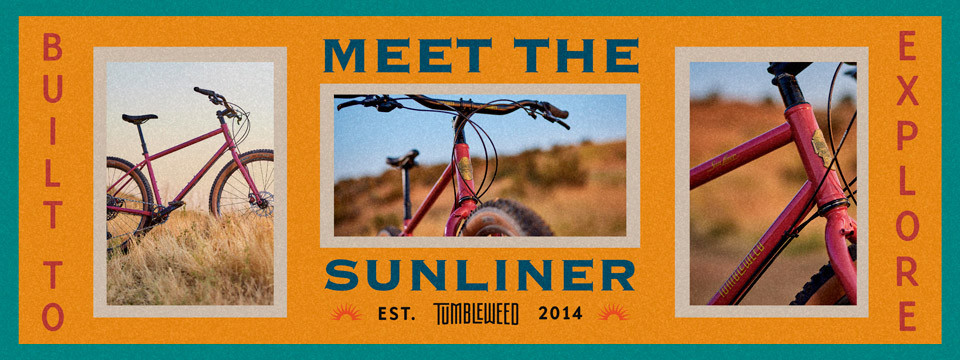 Banner-Tumbleweed-Sunliner-August-2024-960×360-1
Banner-Tumbleweed-Sunliner-August-2024-960×360-1
Tumbleweed Bikes – Sunliner Model
From our sponsor; more content below…
 banner-OMM-september-2024_960x360
banner-OMM-september-2024_960x360
Old Man Mountain Bike Racks
The question “What Is A Gravel Bike?” has become increasingly common in cycling circles as this versatile machine gains popularity. For years, cyclists have debated the essence of these bikes, pondering what truly sets them apart. With countless miles ridden on various terrains and amidst the evolving landscape of cycling, it’s time to delve deep and explore the true definition of a gravel bike. Is it merely a marketing term, or does it represent a genuine evolution in bicycle design and riding style?
Nic Morales, a seasoned cyclist with extensive experience on fat-tire gravel bikes, has long contemplated this very question. He embarked on a journey to uncover the answer, drawing upon his personal experiences and insights from other experts in the field. This exploration seeks to define the gravel bike, not just as a product, but as a concept that has captured the imagination of cyclists worldwide.
 Nic Morales
Nic Morales
Nic Morales, seasoned cyclist and author.
It was during a late-season ride in Florida, seeking to enjoy the last vestiges of cool weather, that the question of gravel bikes resurfaced for Nic. On a 147-mile ride from Orlando to Tampa, traversing diverse landscapes from country roads to pine-strewn bike trails, he stopped at a roadside fruit stand. A casual conversation with the vendor, conducted in Spanglish, took an unexpected turn when the vendor’s son inquired, “Estas haciendo gravel?” – “Are you riding gravel?”
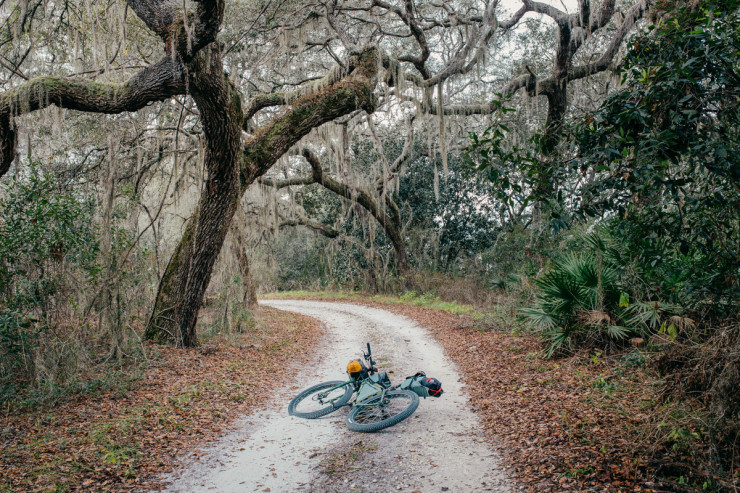 What is a gravel bike
What is a gravel bike
Gravel riding adventure on a scenic route.
This simple question, posed by someone seemingly outside the typical cycling bubble, highlighted the growing recognition of “gravel” as a distinct cycling category. Despite riding a Crust Bombora, a bike known within niche cycling circles but not widely recognized by the general public, the vendor’s son understood the essence of “gravel.” This encounter underscored the subtle yet significant cultural impact of gravel riding, suggesting it has permeated beyond cycling enthusiasts and into broader public awareness.
The rise of gravel is intriguing. While cycling, in its entirety, may be too multifaceted to penetrate mainstream culture deeply, gravel riding seems to have struck a chord. The very idea of what constitutes a gravel bike is constantly evolving, adapting as the gravel scene itself matures and expands. This evolution prompted Nic to publicly pose the question that had been brewing in his mind: What truly defines a gravel bike?
Unpacking the Gravel Bike: More Than Just Off-Road Riding
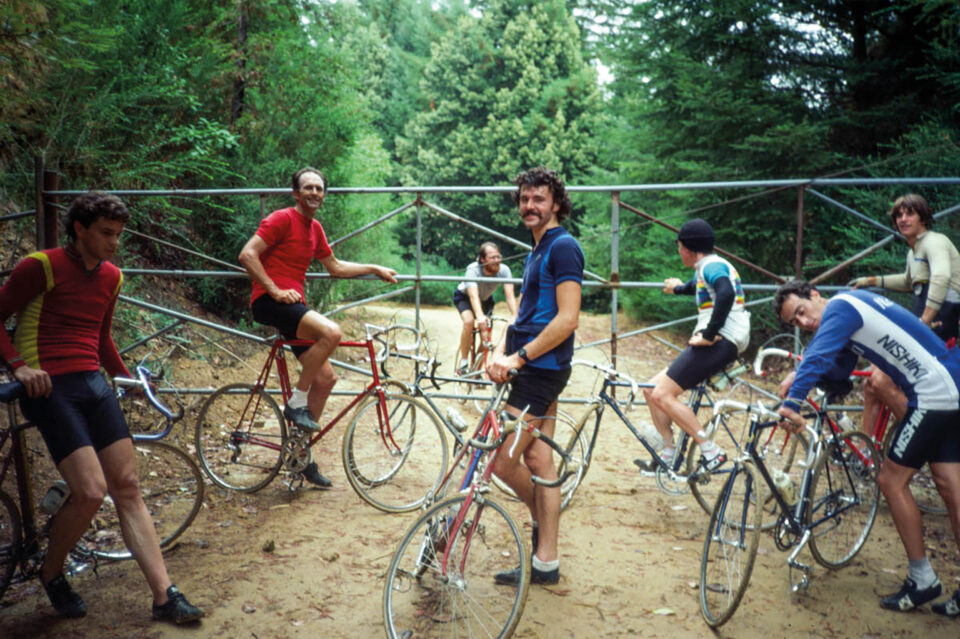 What is a Gravel Bike
What is a Gravel Bike
Vintage off-road cycling, a precursor to modern gravel.
Riding bikes off-pavement is certainly not a novel concept. History is filled with examples of cyclists venturing beyond paved roads. Tom Ritchey, inspired by Jobst Brandt, famously participated in “Jobst rides” in the 1970s, navigating California mountains on bikes designed for road riding. While they might not have labeled it “gravel riding,” their adventures were undoubtedly precursors to the modern gravel scene. Looking further back, early Tour de France footage reveals riders tackling unpaved roads, showcasing what could be argued as early forms of gravel riding.
However, while the act of riding bikes on unpaved surfaces has historical roots, the modern “gravel” phenomenon is distinct, shaped by 21st-century circumstances. It’s essential to understand what differentiates “gravel” from other forms of cycling, particularly mountain biking.
Mountain biking, born from daredevil descents on technical terrain in California, quickly evolved into a discipline focused on conquering increasingly challenging trails with specialized, complex machines. Gravel riding, while sharing off-road elements, takes a different path. It’s less about extreme technical terrain and more about exploration, endurance, and versatility across varied surfaces.
One key aspect that distinguishes gravel is its distinctly American flavor, much like its suspension-focused mountain bike cousin. While road cycling struggled to gain widespread traction in the US, gravel exploded in popularity in the mid-2010s. This divergence can be attributed to the unique material conditions in America compared to Europe, where road cycling thrives.
Europe’s dense network of paved roads and a less car-centric culture fostered a strong road cycling tradition. In contrast, America’s vast geography and post-war auto boom led to car-dominated infrastructure, often neglecting public transportation and alternative modes. Yet, paradoxically, America’s expansive open spaces, particularly in regions like the Midwest, with challenging terrains unsuitable for extensive paving, created a perfect breeding ground for gravel riding. Gravel roads, requiring less intense development and maintenance than dedicated mountain bike trails, became readily available, setting the stage for a new cycling discipline.
The Racing Heritage and Evolution of Gravel Bikes
The abundance of unpaved roads in the US Midwest and beyond provided a playground for cyclists seeking adventure. Armed with cyclocross bikes or modified road bikes, they ventured onto these gravel roads, pushing the limits of their equipment and endurance. This spirit of exploration and self-challenge laid the foundation for gravel racing.
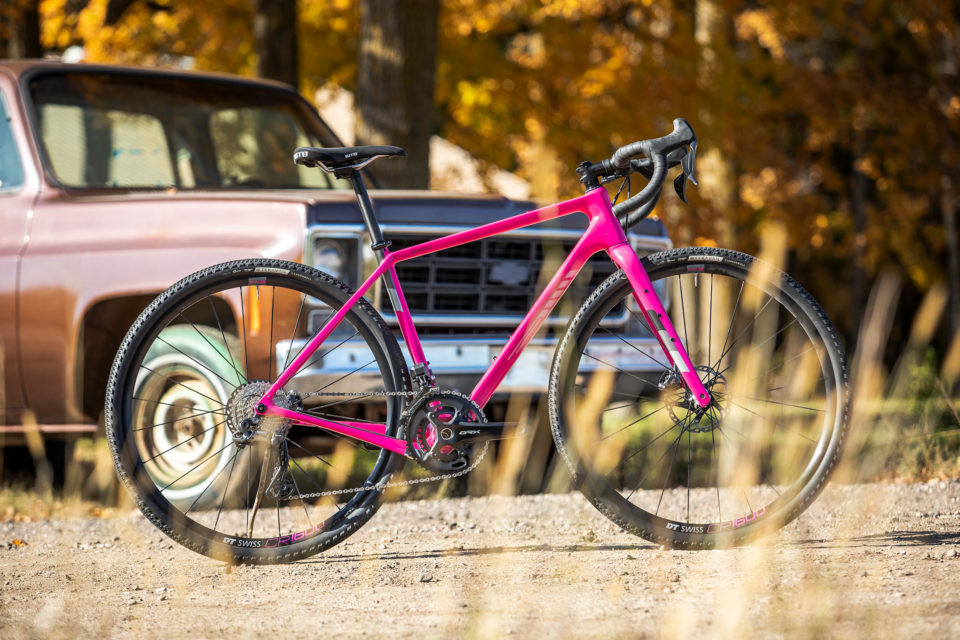 2020 Salsa Warbird
2020 Salsa Warbird
The Salsa Warbird, a pioneering gravel bike model.
Sean Mailen, in a Salsa Cycles post detailing the creation of the Salsa Warbird, a bike often considered the first true gravel bike, recounted the early days: “In those days, we were mainly riding cyclocross bikes, or whatever road bike you had that could fit slightly bigger tires…you’d feel how numb your hands were from the constant rattle.” This realization that existing bikes were not ideal for gravel riding spurred the development of bikes specifically designed for the demands of unpaved roads.
The Salsa Warbird emerged as a response to the needs of gravel racers, aiming to provide more comfort and capability for events like the Almanzo 100. These early gravel events were characterized by a spirit of competition, not for fame or fortune, but for the personal challenge and satisfaction of pushing one’s limits.
Ted King, a prominent figure in the gravel scene, often credited with popularizing gravel racing in America, witnessed this evolution firsthand. After a successful WorldTour road cycling career, King transitioned to gravel, winning the UNBOUND 200 (formerly Dirty Kanza) in 2016, further propelling gravel racing into the spotlight.
 Megahopper, Ted King
Megahopper, Ted King
Ted King, gravel racing icon and adventurer.
Reflecting on the evolution of gravel bikes, King noted, “For the first time in my life, you have to choose between an adventure gravel bike and a racing one. That’s for sure.” He highlighted the increasing specialization within the gravel bike category. Initially, gravel bikes aimed to be versatile “quiver killers,” capable across various terrains. However, as gravel racing intensified, the pursuit of marginal gains led to more race-specific designs.
King observed that the popularity of gravel stems from its inherent appeal: “People have gravitated toward gravel because it’s fun, it’s new, it’s creative, and it’s theoretically safer. The demand for gravel is there because it’s fun, and the industry follows because of the demand.” This fun factor, combined with the industry’s response, fueled the rapid growth of the gravel bike market.
While major brands like Specialized and Trek developed race-oriented gravel bikes, smaller brands like Crust Bikes played a crucial role in shaping the early aesthetic and ethos of gravel bikes. Crust, with its fat-tire, steel frame designs and skate/BMX-inspired marketing, resonated with a new segment of cyclists, broadening the appeal of off-road riding. They popularized the concept of road bike geometry paired with wider tires, an uncomplicated yet revolutionary idea that diversified the American off-road cycling scene.
 curve gmx+ review
curve gmx+ review
A selection of diverse gravel bike models.
Igor Shteynbuk of Velo Orange emphasized the importance of details in defining modern gravel bikes. He stated, “It’s the details. None of this is new. The details make modern bikes different from what existed 20-some years ago. Thru axles, disc brakes, tubeless, and a few other consequential albeit minor things. It’s the details!” From a business perspective, Igor highlighted customer demand for “larger clearances, mounting points, and, ultimately, more capability,” driving further refinements in gravel bike design.
Stephen Fitzgerald of Rodeo Labs offered a philosophical take on the evolution of gravel bikes. He questioned the novelty of gravel bikes by asking, “Listen, if gravel bikes are just ‘90s mountain bikes, so what? Who loses there?” While acknowledging the similarities to older designs, he emphasized the significant improvements in modern gravel bikes. For Fitzgerald, the psychological aspect is also crucial: “If the difference between people getting out and riding the stuff they’ve been on for the past few years is psychological, does it matter what gets us there?”
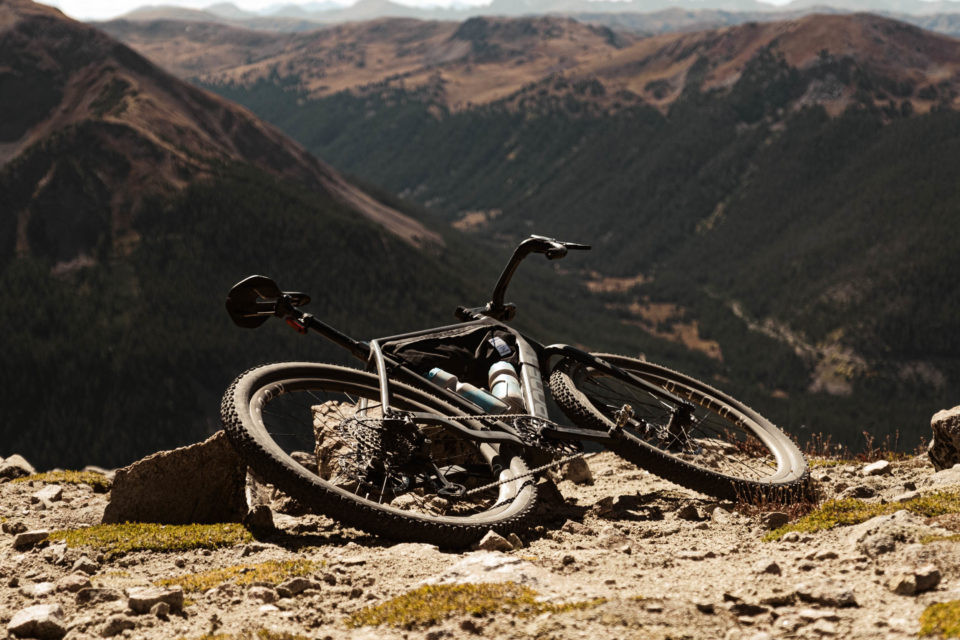 Rodeo Labs Trail Donkey 4
Rodeo Labs Trail Donkey 4
Rodeo Labs Trail Donkey, designed for gravel adventures.
Rodeo Labs focuses on versatility, aiming to maximize fun on a single bike. Fitzgerald observed a trend towards greater capability in gravel bikes, potentially blurring the lines with hardtail mountain bikes. “I enjoy the challenge of being underbiked. It doesn’t bother me. But I want people to be comfortable. I think what we’re seeing now is that people are finding more comfort and capability on something like a hardtail. The industry certainly feels like it’s trending in that direction.”
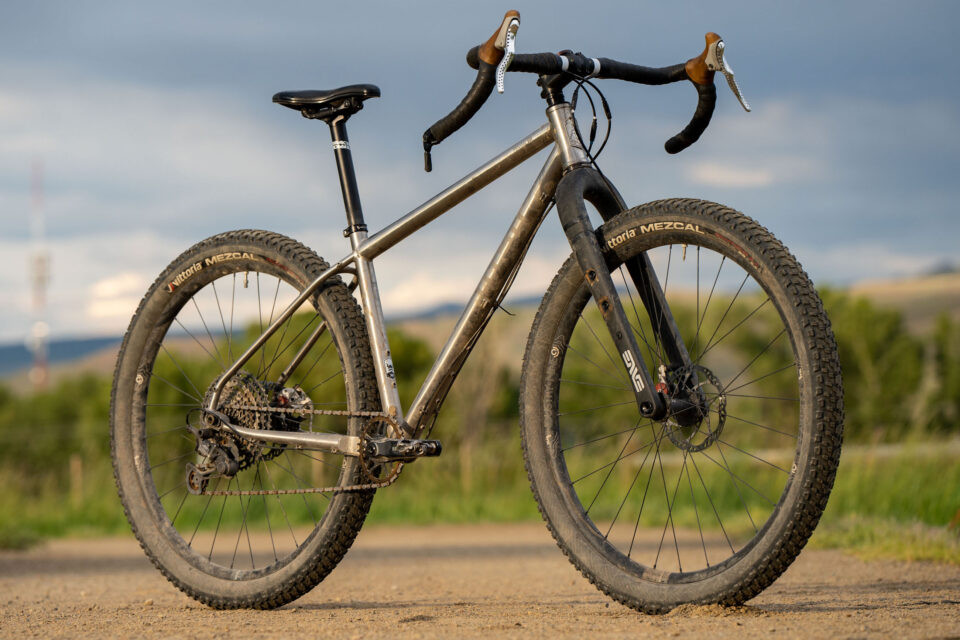 Otso Fenrir Ti Review
Otso Fenrir Ti Review
Otso Fenrir, a hardtail mountain bike suitable for gravel.
Sarah Swallow, a seasoned off-road adventurer, offered a perspective from someone who has moved beyond the mainstream gravel scene. “I don’t consider myself part of the gravel scene anymore. I haven’t for a long time,” she stated. While recognizing the evolution of gravel bikes to drop-bar bikes fitting 47mm tires or more, she expressed a desire for more technical riding experiences. “With no disrespect, a lot of it just feels repetitive. Coming from an endurance road background, I used to really like what gravel gave me. But now, I’m looking for more technical stuff. To go deeper and more into nature. I just call it adventure riding.”
 2023 Tour Divide route with POIs, Sarah Swallow
2023 Tour Divide route with POIs, Sarah Swallow
Sarah Swallow’s adventure riding, pushing beyond gravel.
Swallow’s Ruta Del Jefe event reflects this shift towards adventure and community, prioritizing advocacy and education over pure racing results. “My interest and influence in the gravel space has evolved as I’ve gotten older, and what I value now is community, grassroots movements, and connections. I was never sponsored for my racing achievements on the bike, really just how I integrated it into my lifestyle. Now, I think I’ve moved beyond what the mainstream definition of gravel is.”
Versatility as the Defining Trait of a Gravel Bike
Reflecting on these diverse perspectives, a common thread emerges: versatility. Gravel bikes, above all else, are about adaptability. They bridge the gap between road and mountain bikes, offering a capable platform for various terrains and riding styles. For cyclists who value speed, exploration, and the freedom to mix paved and unpaved roads, gravel bikes offer an ideal solution.
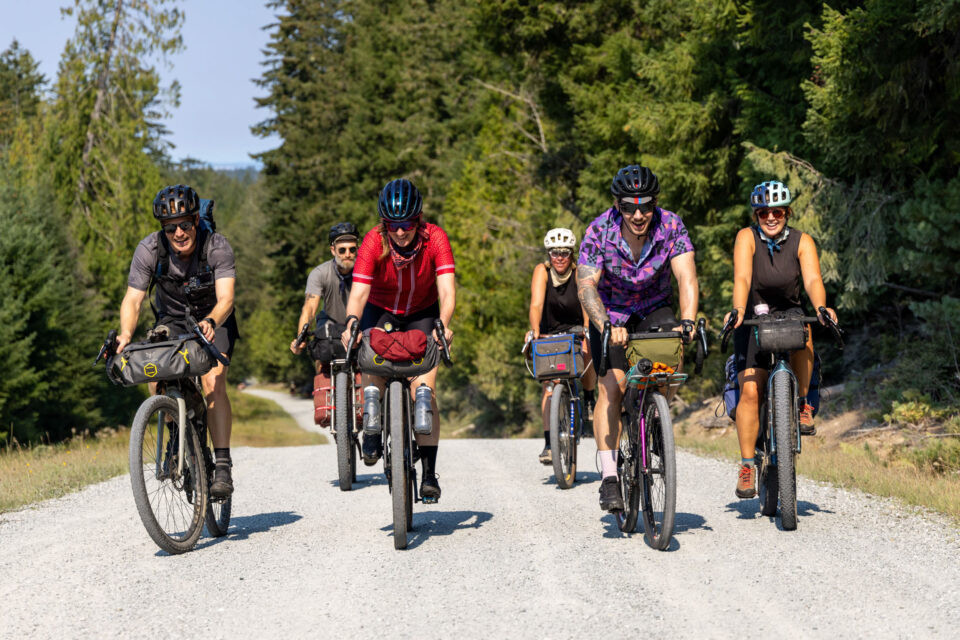 slow coast 2024
slow coast 2024
Gravel riding offers a versatile cycling experience.
While a dedicated XC mountain bike excels on technical trails, and a road bike is optimized for smooth pavement, neither can match the gravel bike’s ability to handle both with reasonable proficiency. For those who prefer a “quiver killer” bike, minimizing bike ownership while maximizing riding possibilities, the gravel bike stands out. It’s a bike that can tackle fast road sections, gravel paths, and even some light trails, making it a true jack-of-all-trades.
The Evolving Language of Gravel
Defining “gravel bike” definitively remains challenging, much like defining the term “gravel” itself. Language, as a tool for communication, is inherently fluid and context-dependent. As explored in philosophy of language, terms are communal resources, yet their personal interpretation and application can vary significantly.
Logan Watts, a founding editor at Bikepacking.com, offers a practical perspective on the term “gravel” for route classification: “From the perspective of the site, I think ‘gravel’ is a good way of distinguishing a route that can be comfortably ridden on a bike with ~42-47mm tires and not toss people into an abyss of technical terrain—particularly people who don’t like the rough stuff.” This definition serves a specific purpose within the context of route planning and communication within the bikepacking community.
However, when attempting to rigidly define “gravel bike” based on technical specifications, exceptions abound. Tire size, frame geometry, component standards – for every rule, there seems to be a counter-example. Boost spacing, bottom bracket standards, tire clearance limits, handlebar types – none offer a definitive boundary. Bikes like the Surly Grappler, Cotic Cascade, and Ritchey Ascent, with boost spacing, defy narrow definitions.
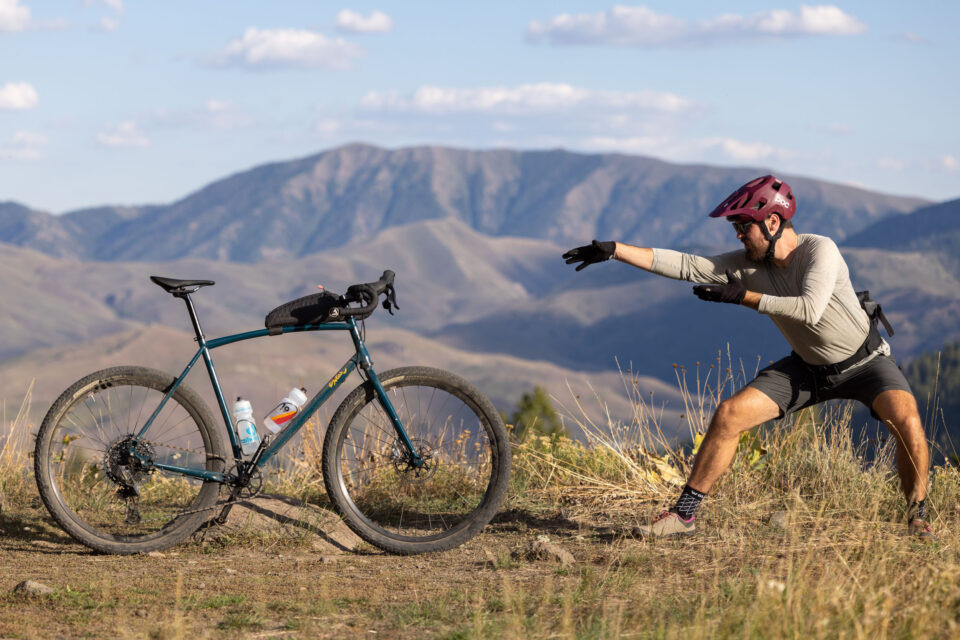 sklar super something review
sklar super something review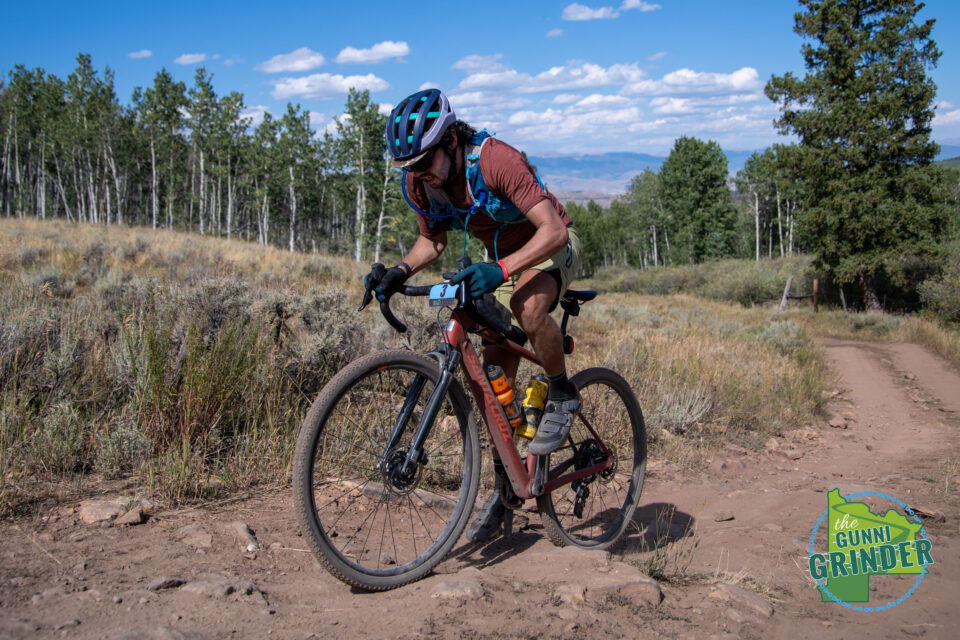 Santa Cruz Stigmata Review
Santa Cruz Stigmata Review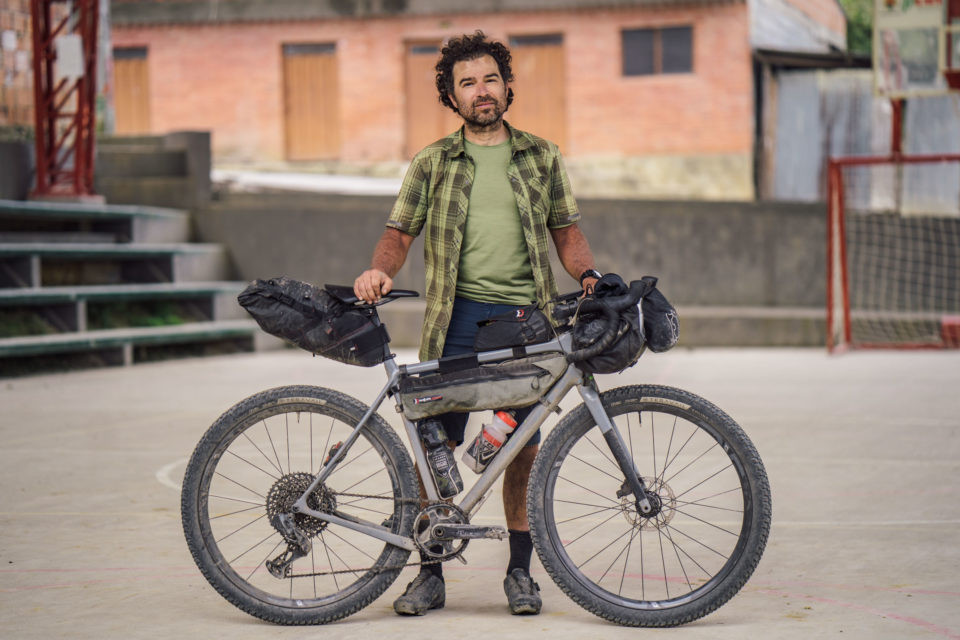 Open WI.DE. Review, Open Wide carbon
Open WI.DE. Review, Open Wide carbon
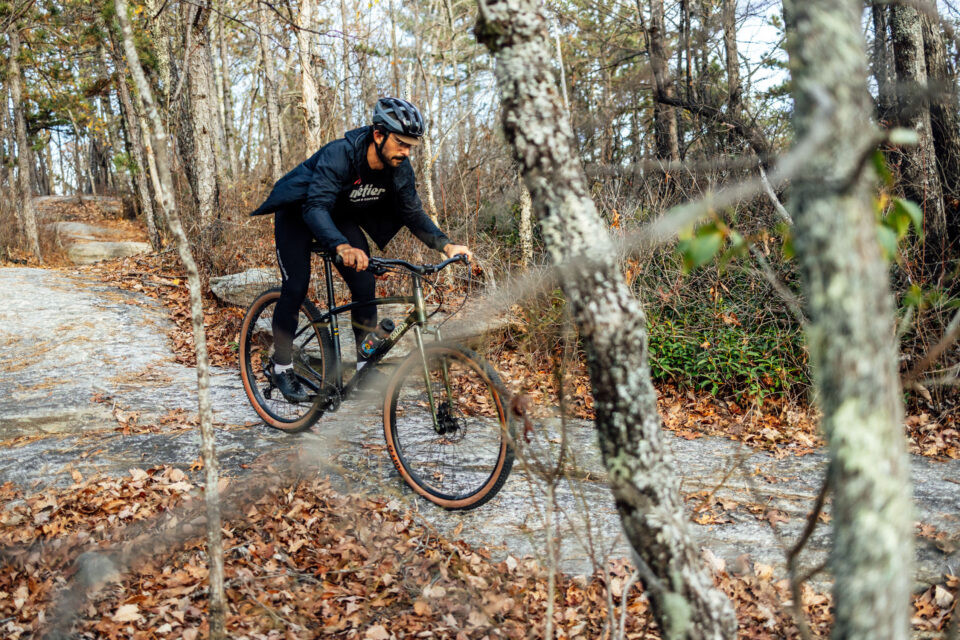 Wilde Supertramp Review
Wilde Supertramp Review
Diverse designs within the gravel bike category.
Ultimately, the definition of a gravel bike is best understood through its intended use and the rider’s personal interpretation. The gravel bike market has matured, moving beyond explosive growth into an era of refinement and specialization. Whether gravel riding continues to evolve towards more adventurous pursuits, or gravel events shift towards advocacy and community engagement, the future remains open. One thing is certain: the gravel bike, in its versatile and adaptable nature, has carved a significant and lasting place in the cycling world.
What does gravel riding mean to you? Do you see gravel bikes as a genuine innovation or simply a re-packaging of past technologies? Share your thoughts in the comments below.
Further Reading
Explore these related articles for deeper insights…
[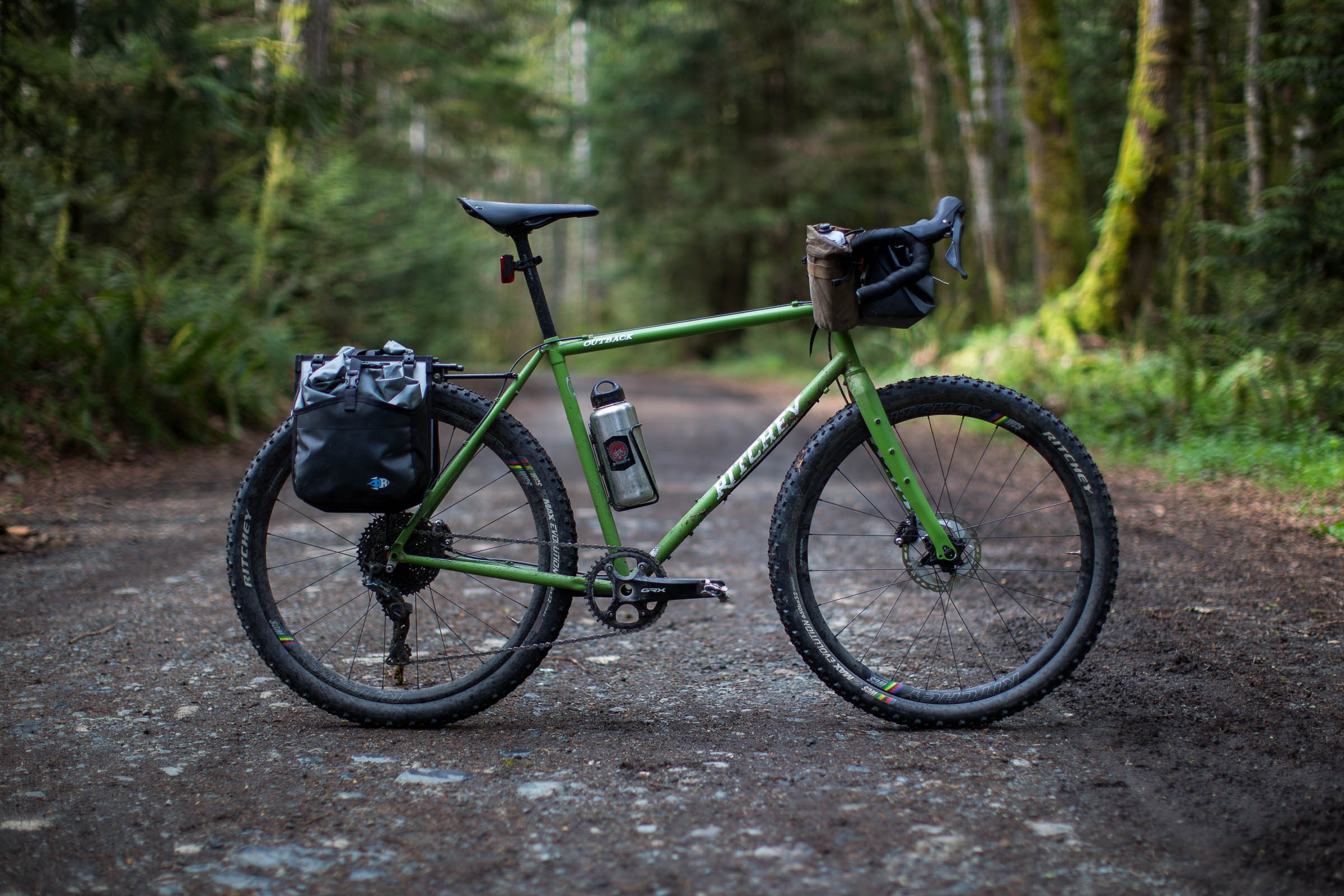 2020 Ritchey Outback V2 Review108
2020 Ritchey Outback V2 Review108
Bikepacking Bikes
2020 Ritchey Outback Review](https://bikepacking.com/bikes/2020-ritchey-outback-review/)
[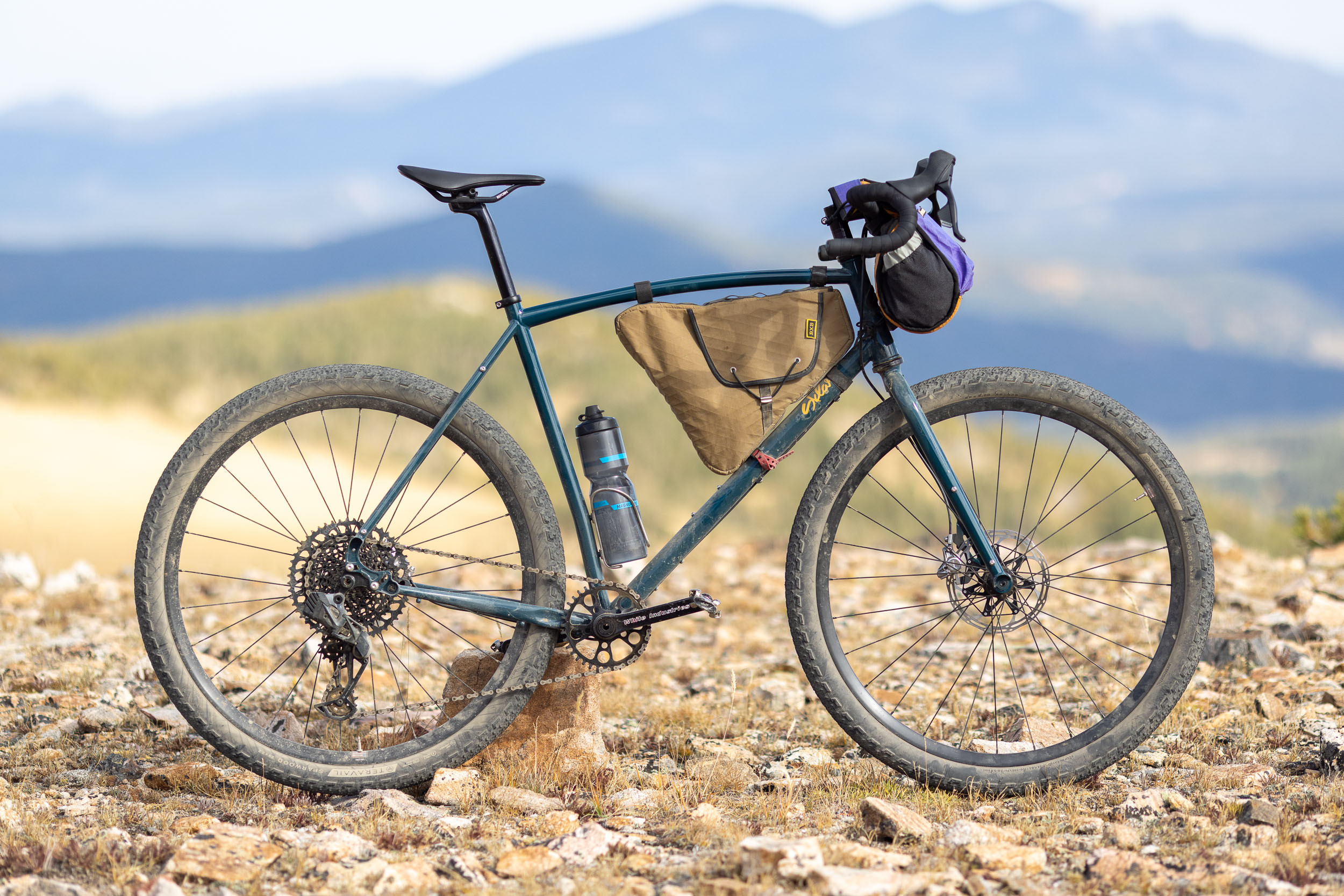 Sklar Super Something Review44
Sklar Super Something Review44
Bikepacking Bikes
Sklar Super Something Review: Proof of Concept](https://bikepacking.com/bikes/sklar-super-something-review/)
[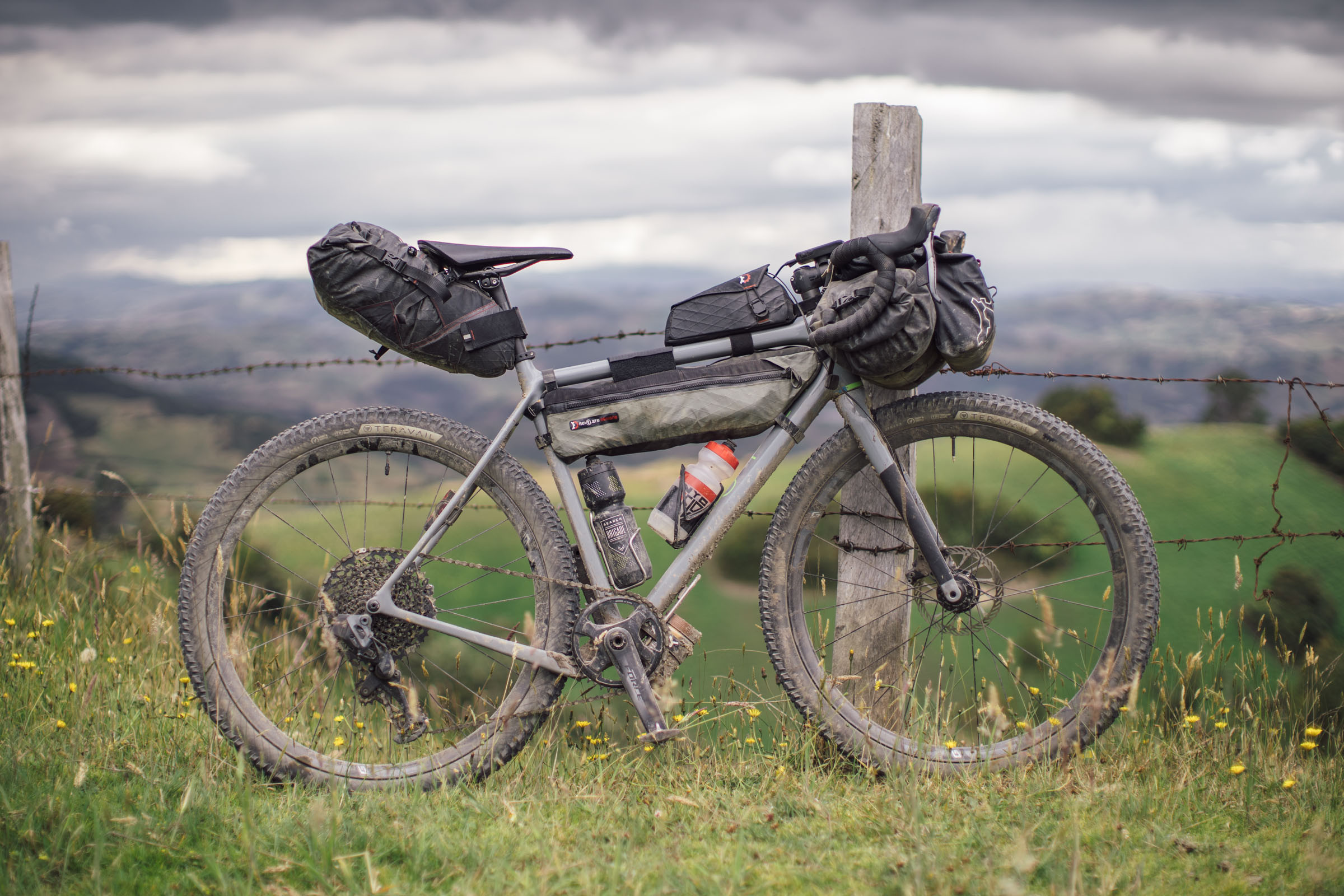 Open WI.DE. Review, Open Wide carbon90
Open WI.DE. Review, Open Wide carbon90
Bikepacking Bikes
Open WI.DE. Review: The Last Bicycle?](https://bikepacking.com/bikes/open-wide-review/)
[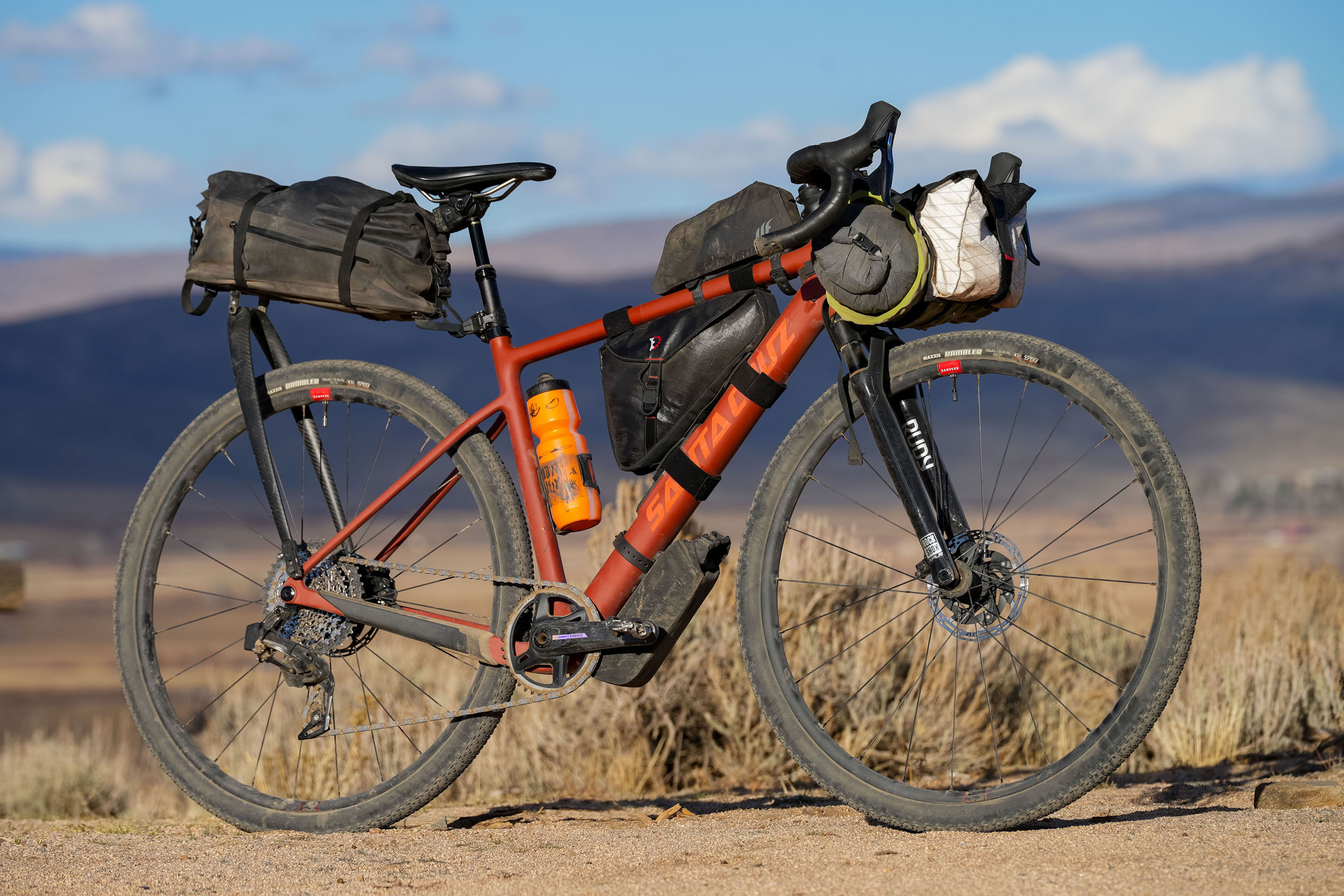 Santa Cruz Stigmata Review68
Santa Cruz Stigmata Review68
Bikepacking Bikes
Santa Cruz Stigmata Review: Seven Thoughts on V4](https://bikepacking.com/bikes/santa-cruz-stigmata-review/)
[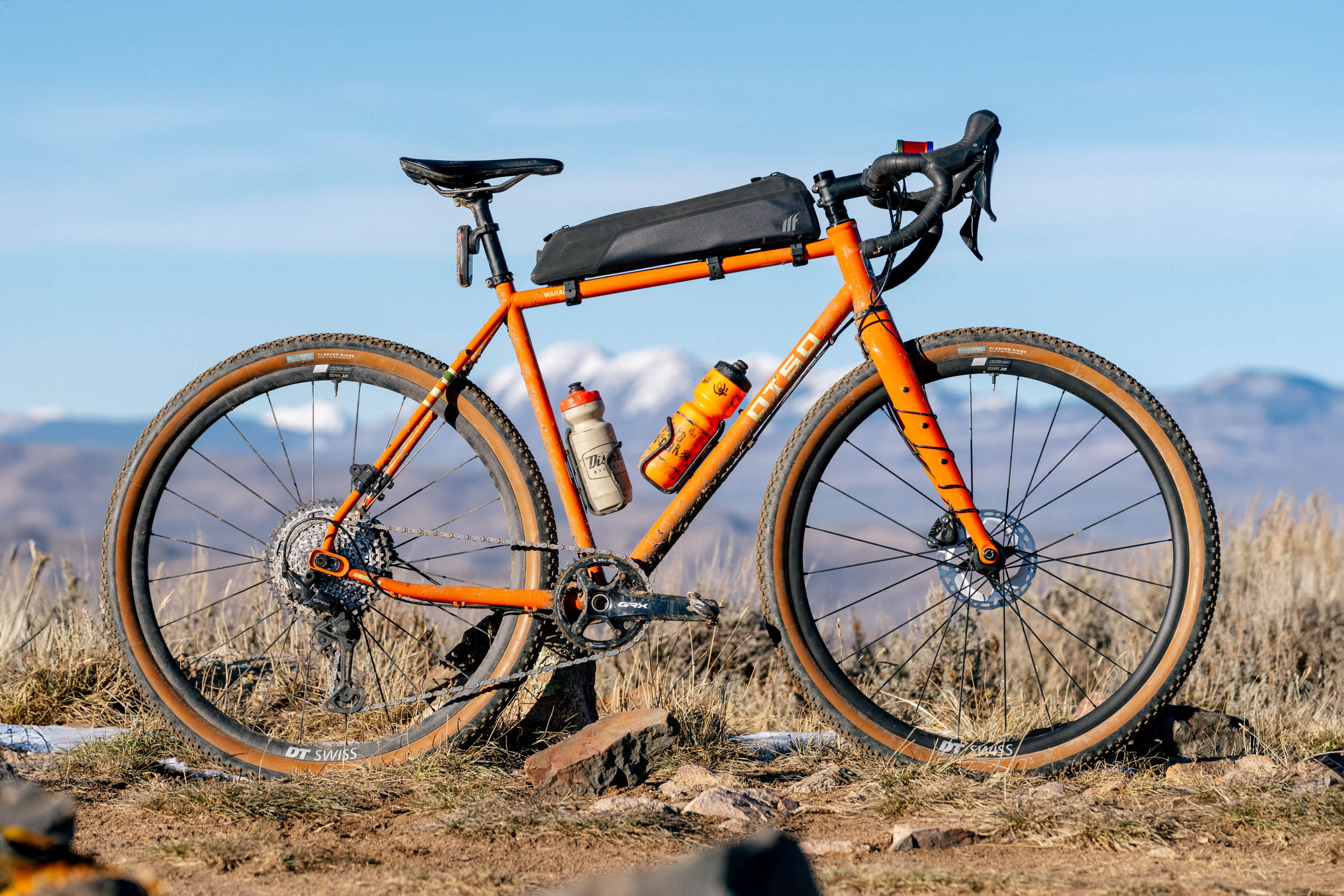 Otso Warakin Review Steel24
Otso Warakin Review Steel24
Bikepacking Bikes
Otso Warakin Review: Steel Gravel Bike for the Win](https://bikepacking.com/bikes/otso-warakin-review/)
[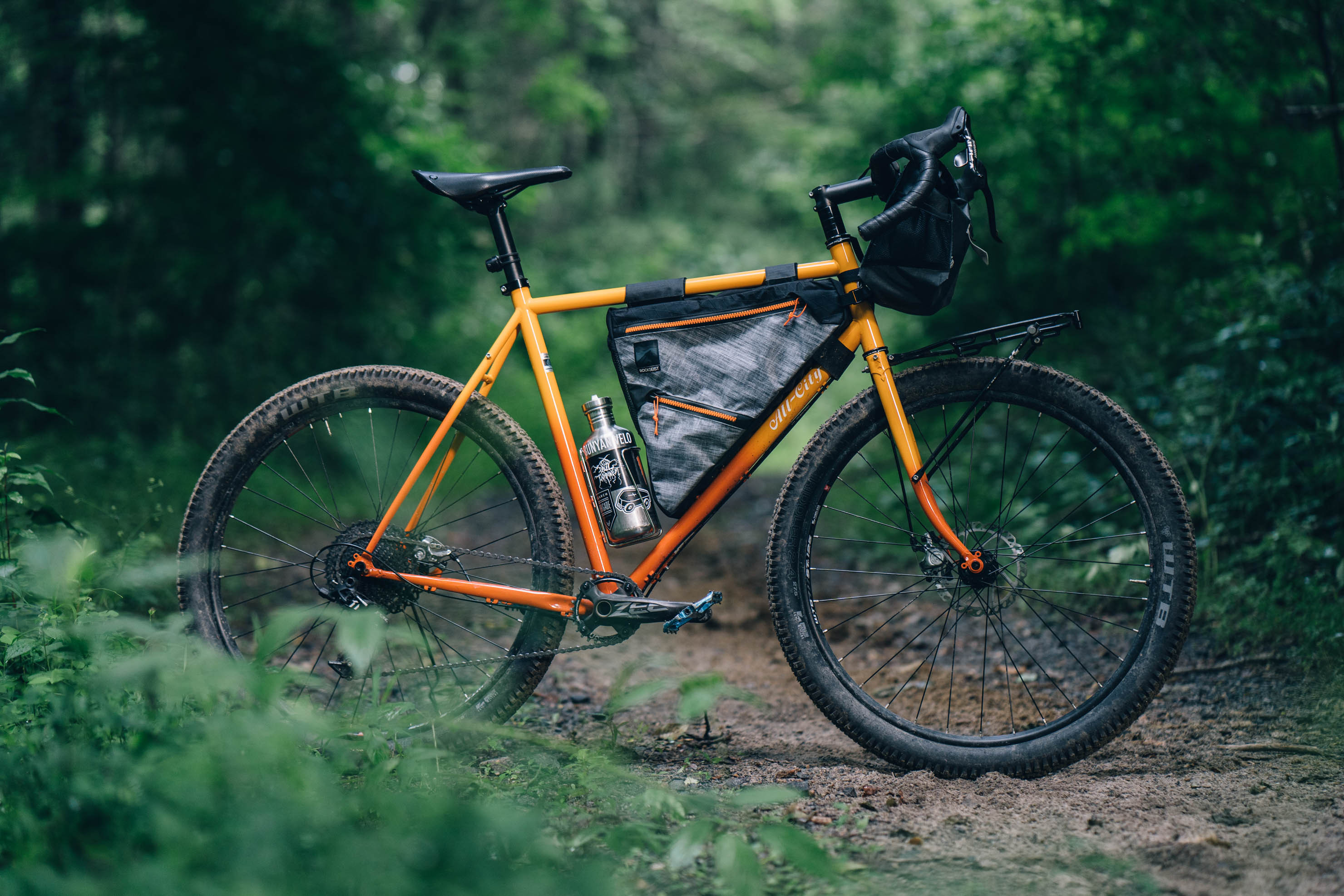 All-City Gorilla Monsoon Review29
All-City Gorilla Monsoon Review29
Bikepacking Bikes
All-City Gorilla Monsoon Review: Monster Crossover](https://bikepacking.com/bikes/all-city-gorilla-monsoon-review/)
FILED IN (CATEGORIES & TAGS)
[

